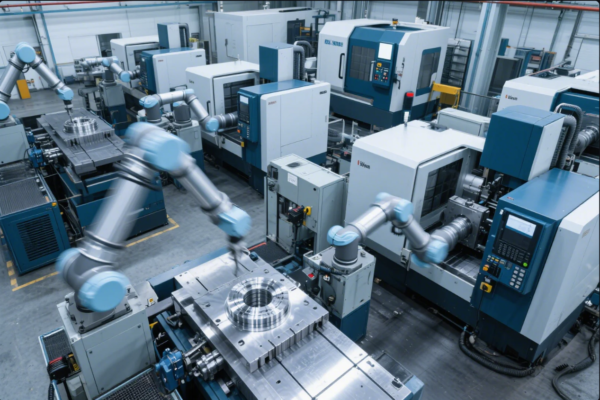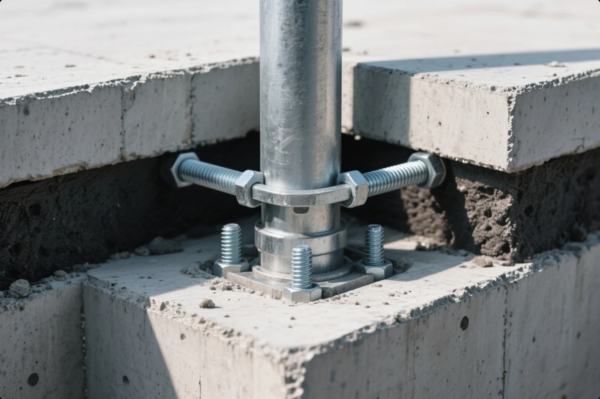What is the basic structural and functional?

The basic structure and function are critical to understanding how systems operate, whether biological, mechanical, or conceptual. Let’s explore the essentials.
Snippet paragraph: The basic structure and function are integral to various systems, including biology and engineering. These principles shape the world around us.
Understanding these concepts is fundamental for anyone working with complex systems. Let’s dive deeper.
What is basic structure and function?
The basic structure of any system determines how its components are arranged. Function refers to how those components work together to achieve a goal. In biological organisms, this translates to how cells form tissues, tissues form organs, and organs work to support life.
Snippet paragraph: The structure and function relationship is key to biology, engineering, and design, ensuring systems operate effectively.
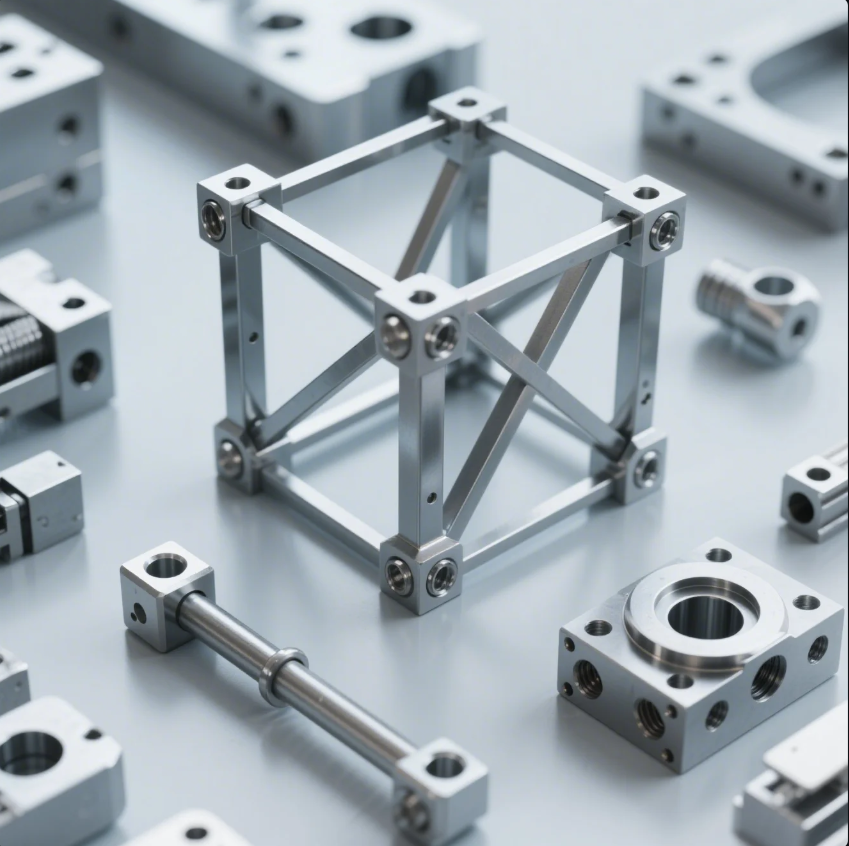
Dive-Deeper paragraph:
In biological systems, the structure often dictates the function. For instance, the structure of a leaf is designed to maximize photosynthesis. This relationship is not limited to biology; mechanical systems are also designed with structure to maximize functionality. A machine’s gears, for example, are structured to ensure efficient movement. Understanding the balance between structure and function helps in designing systems that work seamlessly.
Understanding Structure and Function in Biology:
| Component | Structure | Function |
|---|---|---|
| Cells | Basic unit of life | Perform essential functions like metabolism |
| Tissues | Group of cells | Specialized tasks like muscle contraction |
| Organs | Composed of tissues | Specific jobs like pumping blood (heart) |
| Systems | Group of organs | Coordinated functions like digestion (digestive system) |
This balance is essential not only in biology but also in engineering, where structure directly influences function. Without the right structure, functionality can be compromised.
What is the structural and functional of the body?
In the human body, structure and function are intricately linked. For example, bones provide structure and support for the body, while muscles work to facilitate movement. Organs such as the heart and lungs are structured to fulfill their specific functions.
Snippet paragraph: The human body’s structure supports its various functions, from movement to maintaining vital processes.

Dive-Deeper paragraph:
The structural aspects of the body are evident in the skeletal system, which is designed for support and protection. The bones are strong yet lightweight, allowing us to stand upright and move. The function of these bones is to provide leverage for muscles and protect vital organs.
The Key Systems in the Body:
| System | Structure | Function |
|---|---|---|
| Skeletal | Bones, cartilage, joints | Support, protection, movement |
| Muscular | Muscle fibers | Movement, posture, heat generation |
| Circulatory | Heart, blood vessels, blood | Transport of nutrients, gases, and waste |
| Nervous | Brain, spinal cord, nerves | Control and coordination of body functions |
These structures are finely tuned for efficiency. Without proper structure, bodily functions like breathing, digestion, or movement wouldn’t be possible.
What is the basic structure and function of life?
At the most fundamental level, life itself is structured around cells. These cells perform functions essential for survival, such as metabolism, energy production, and reproduction. The simple structure of a single cell can perform highly complex functions, such as turning food into energy or dividing to form new life.
Snippet paragraph: The fundamental structure of life begins at the cellular level, where cells execute vital functions.
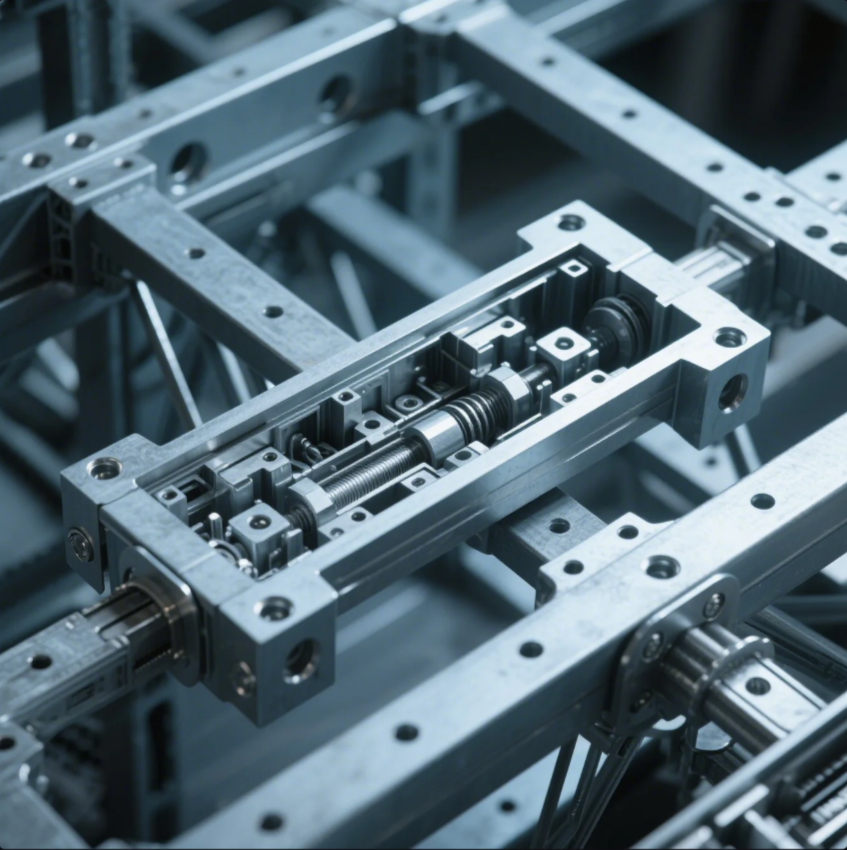
Dive-Deeper paragraph:
The cell is the basic unit of life, and its structure determines how it functions. A cell has several key structures like the nucleus, mitochondria, and cell membrane, each performing critical functions that sustain life. For instance, the mitochondria produce energy for the cell, while the nucleus houses DNA that directs cellular activities.
Key Cell Structures and Their Functions:
| Structure | Function |
|---|---|
| Nucleus | Contains genetic material (DNA), controls activities |
| Mitochondria | Powerhouse of the cell, produces energy (ATP) |
| Cell Membrane | Controls movement of substances in and out of cell |
The relationship between structure and function is evident even in the simplest life forms. Cells in more complex organisms, like humans, work together to form tissues and organs, maintaining the life processes required to survive.
What is the basic structural behavior?
Structural behavior refers to how a system’s components behave under stress or interaction. In mechanical systems, this is about how materials or parts deform, resist, or absorb force. In living organisms, it’s how organs and cells respond to stimuli or maintain homeostasis.
Snippet paragraph: Structural behavior defines how systems respond to forces and interactions, impacting their overall functionality.
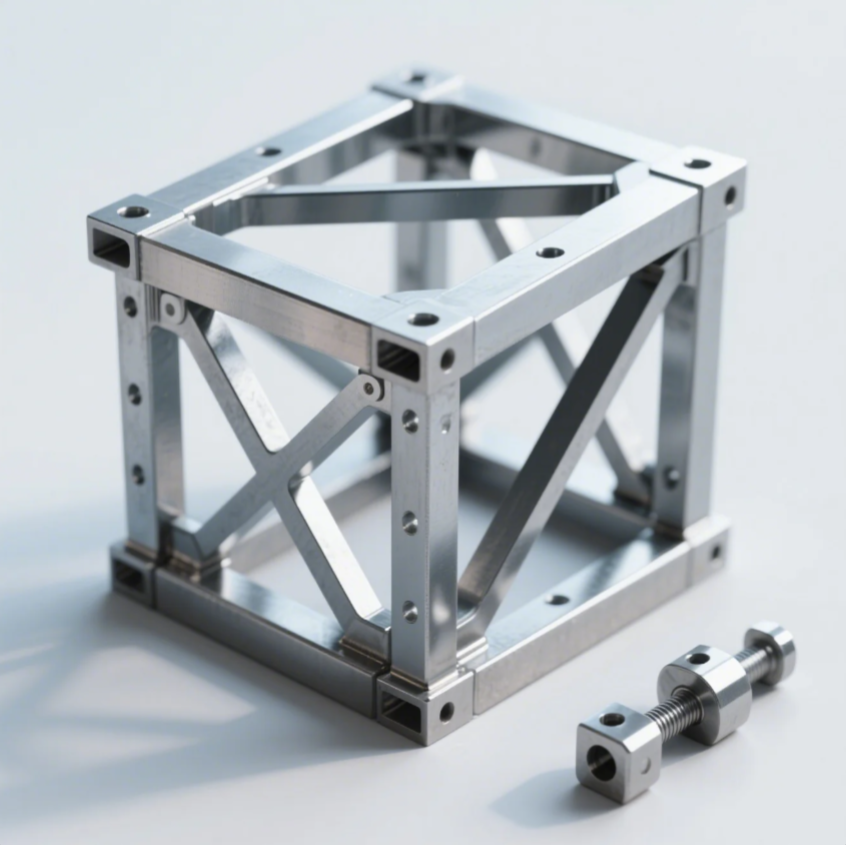
Dive-Deeper paragraph:
In engineering, structural behavior is studied to predict how materials or systems react under load. For example, when pressure is applied to a steel beam, its deformation and strength determine whether it will hold or break. Similarly, the human body exhibits structural behavior when under physical stress, like during exercise or injury, the body adjusts to maintain balance.
Structural Behavior Examples:
| System | Behavior Under Stress | Outcome |
|---|---|---|
| Steel Beam | Bends or deforms when load exceeds limit | May fracture or bend permanently |
| Human Bone | Becomes stronger with repetitive stress (e.g., weightlifting) | Bone density increases |
| Rubber | Stretch and return to original shape when pulled | Elastic recovery after deformation |
The concept of structural behavior helps both in predicting material durability and understanding how living systems maintain function under various conditions.
Conclusion
The basic structure and function shape systems in biology and engineering, ensuring proper operation and adaptability.


